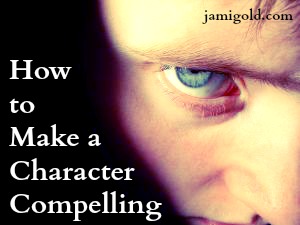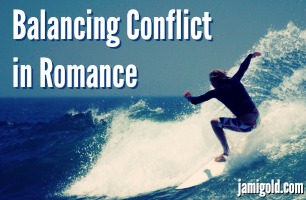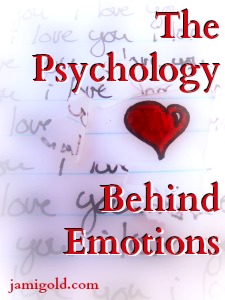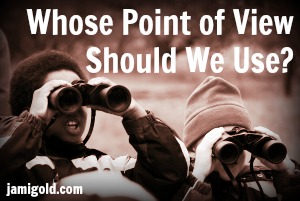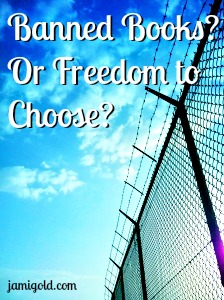Probably no one can claim to be an expert at making sure the cool character in our head makes it onto the page. We can only guess at how readers will interpret what we tell them. Advice can help us share our brain with our readers as much as possible, but the process will never—ever—be completely clean.
Pin It
Read More
There’s no shortage of blog posts about what makes characters likable to readers. Yet readers still read and enjoy stories with unlikable characters. Why? Let’s take a look at what options we have for creating characters that compel readers to keep turning pages.
Pin It
Read More
One of my commenters asked a great question last week that gets to the heart of the balancing game we have to play when writing romance. The characters have to be perfect enough for each other to make a believable couple, but there also has to be enough conflict between them to sustain a story.
Pin It
Read More
When we first start learning about writing, we’re often faced with a whole new language. Words like “beats,” “tension,” and “conflict” take on new meaning within the writing world. Such it is with the words “needs” and “goals.” Once we enter the writing world, those words become infused with extra meanings related to plots and character arcs.
Pin It
Read More
We usually want to keep the reader immersed in the story and keep readers’ interest by engaging their emotions. But when we understand the psychology driving emotions, we might be able to make those emotions more realistic or recognize when there’s a disconnect on a character’s emotional journey.
Pin It
Read More
We often write about settings or jobs or situations we haven’t experienced, and diversity among our characters should be no different. Today’s guest post is about how we can research and learn more about experiences for which we don’t have first-hand knowledge and avoid the fear of “getting it wrong.”
Pin It
Read More
How we describe characters often depends on our story’s genre and what impression we want readers to have. When we’ve talked about descriptions here before, we focused on how it’s important to describe our settings enough to anchor our readers. Do we have to describe our characters to the same extent?
Pin It
Read More
Today’s Question: “How does one figure out which POVs to use and when? … How can I balance it out so that each character has their share of the novel without revealing too much or ruining the suspense?”
Pin It
Read More
This week is Banned Books Week, an annual event sponsored by the American Library Association celebrating the freedom to read. Many have already blogged about the political aspects of this event, so I’m tackling this issue from a less serious perspective. Sort of. *smile*
Pin It
Read More
Recently, an interesting article discussed research on the brains of writers. One important finding seemed to match research in other areas, namely that experienced people think differently from those just learning the ropes. Being an expert isn’t just about knowing more.
Pin It
Read More


